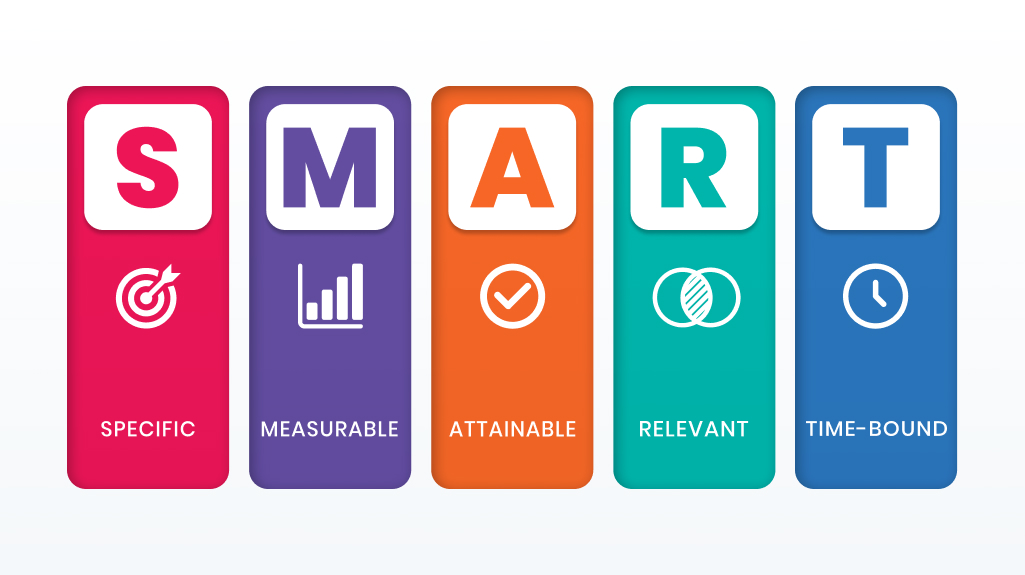This post was recently updated to include new resources and information about social media monitoring.
Anyone overseeing social media for their business knows it can be time-consuming. A busy marketing team only has so many hours in the day to do all it has to do—that request to post about the community service day, planning for the new product launch, and the imminent corporate announcement you only learned about yesterday, to name a few. When trying to manage a marketing team’s bandwidth, finding time to cram in monitoring on Twitter or LinkedIn is an overwhelming prospect.
To answer that question—how much time should my team spend on social media—let’s first take a step back and talk about strategy. Knowing what channels your target audience is using and the kind of content they engage with are more important to reaching your goals than the number of hours you log writing posts. Quality over quantity is truly the key to social media marketing success.
There’s no one-size-fits-all answer to how much time to spend on social media for business—it depends on your company, its goals, and your strategy. So let’s talk about how to create a social media strategy that meets your goals and fits within your capabilities.
Table of contents
How to create a social media strategy
Using social media to market your business starts with three basic things.
- Your marketing goals
- Your audience
- The resources you have to devote to a program
There are lots of details within these buckets, but going through these steps will help you determine how much time to spend on social media.
Step 1: Define your online marketing goals
The first step in any marketing strategy is to set clear goals, specifically inbound marketing SMART goals. That memorable acronym means your goals should be:
- Specific – A number you can define such as the number of new followers you want.
- Measurable – Pick a metric and take benchmarks before you start.
- Attainable – A goal that’s challenging but not impossible. Example goals might be increasing followers or Fans by a specific amount, or driving a certain amount of referral traffic to your site.
- Relevant – Be honest with yourself. An unrealistic goal makes it easier to quit.
- Time-bound – A made-up word that ties the whole acronym together! It means you need a deadline.
An example of a SMART goal for your social media marketing might be driving 25 new website visitors in a month from social media. This is a realistic goal that is both measurable and attainable. Once you get a month under your belt, you can project toward a larger goal with graduated increases in monthly targets.

Step 2: Define your audience with buyer personas
Taking time to document your buyer personas will give you a good idea of which social media channels your audience is using and what kind of content you should be sharing with them. If you know your audience’s challenges, you know what information they will be interested in. First time creating a buyer persona? Don’t sweat it—we’ve created a buyer persona template to get you on the right track.
Also, use your existing social media data from LinkedIn, Facebook, or Twitter (or use tools such as Moz analytics’ Followerwonk, Tweriod, or Sprout Social) to see when your audience is most active on your current social media channels. If you can’t get this data, here is a guide on the best times to tweet and post to Facebook for click-throughs.
An example of basic buyer persona information relevant to social media might be that your ideal audience is a 35 to 45-year-old professional who needs to answer questions about a, b, and c (relative to your industry) and is most often on Facebook and Twitter 11 a.m. to 1 p.m. and 4 p.m. to 5 p.m.
Step 3: Evaluate your resources
Calculate how many hours you have each week across your department (even if the department is just your 45 hours). Then take stock of how much time your entire team currently spends on social media. Track your time in a spreadsheet or with time-tracking software like Toggl or Harvest. Do this for two weeks to see how much time is really being spent on social media. It wouldn’t be surprising to find that you spend about 25% of your time on social media.
Now, you may have a clearer picture of what your social media strategy needs to do. It might look something like this:
“Drive 25 new website visits from social media by the end of the month. These visits should be from prospects who are 35 to 45-year-old professionals, interested in answering questions about a, b, and c and who are most often online 11 a.m. to 1 p.m. and 4 p.m. to 5 p.m.”
This information (and other more in-depth buyer persona info) likely tells you that your audience is probably using Twitter, LinkedIn, and Facebook. If you believe you have a limited number of hours to spend on social, these are the places you should focus on your initial social strategy because your buyer persona information tells you so.
Yes, this is a very basic approach, but this post is about you reaching your marketing goal and knowing how much time to spend on social. If you were trying to reach 18 year-olds, you might start with Instagram and TikTok, instead.
If you’re reading this, you probably already have valuable content on your blog to attract website visitors and searches. If not, you’ll need to create some. Publish posts that answer questions a, b, and c. If you don’t have a blog, add pages on your site that answer those questions. Ideally, you’ll be creating new content each month to address these challenges in new ways.
This may seem like a lot of work without even talking about using social media. But that’s the point. By taking these steps and focusing on your content strategy, you won’t be wasting valuable time, but instead generating a return on investment for your social marketing efforts.
So, how much time should I really spend on social media for business?
Once you have the content you need, figure out how much time you want to spend and break your time into four buckets. If your organization spends about 10 hours per week on social media, that’s probably realistic. Using that number, allocate time to each of the buckets below:
- Scheduling, optimizing, and sharing your organization’s original content.
- Monitoring social media for mentions of your brand, insight into your industry, and understanding your audience.
- Communicating with your current connections by answering questions, asking questions, and simply talking with people.
- Growing your reach by following relevant tags and by engaging with industry thought leaders and influencers.
According to our example goal of driving traffic to your website, each of these social media activities is going to be valuable but we tend to think that being a live person on social media and communicating is more important than just broadcasting content.
How to set a social media schedule
Now that we’ve divided time into the buckets, let’s create a realistic schedule to give to your team and get these tasks done. Your social media schedule might look something like this:
- 8:30 to 9 a.m. – Schedule and share original content during the times your buyer personas are online (2.5 hours per week)
- Noon to 12:15 p.m. and 4 to 4:15 p.m. – Communicate and post to LinkedIn (2.5 hours per week)
- M, W, F, 3 to 3:30 p.m. and T, Th 9 to 9:15 p.m. – Monitor mentions and industry (2 hours per week)
- 3:30 to 4 p.m. – Grow your reach (2.5 hours)
- F, 4 to 4:30 p.m. – Check your benchmarks and see what worked and what didn’t (30 minutes)
You’ll see what works for you, but this should give you a good idea of how to start a basic social media strategy and begin answering the question of how much time you should spend on social media.
By now, you should have a fairly strong handle on how to manage your social media marketing efforts and reach your goals. Of course, social media platforms are constantly changing, so it’s important to revisit your strategy periodically and evaluate whether you’re still using the right channels, what times of day your audience is more active, and whether your content is performing well. As a HubSpot Solutions Partner Agency, we help brands of all sizes create and execute effective social media strategies that generate more leads.






